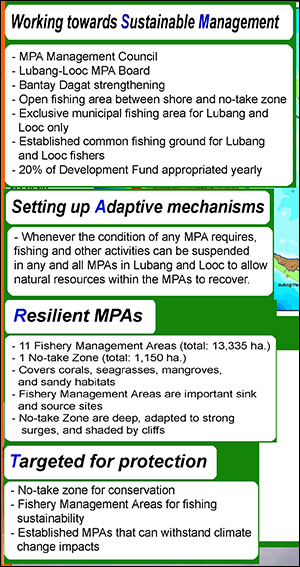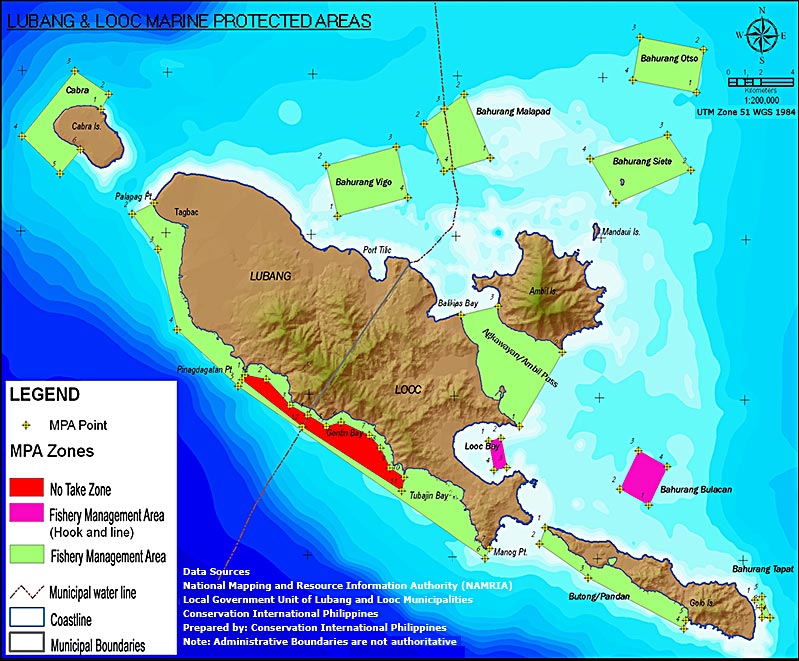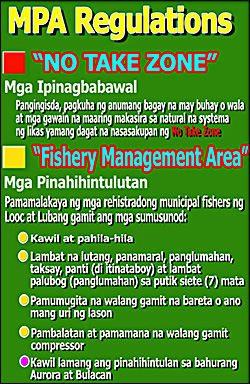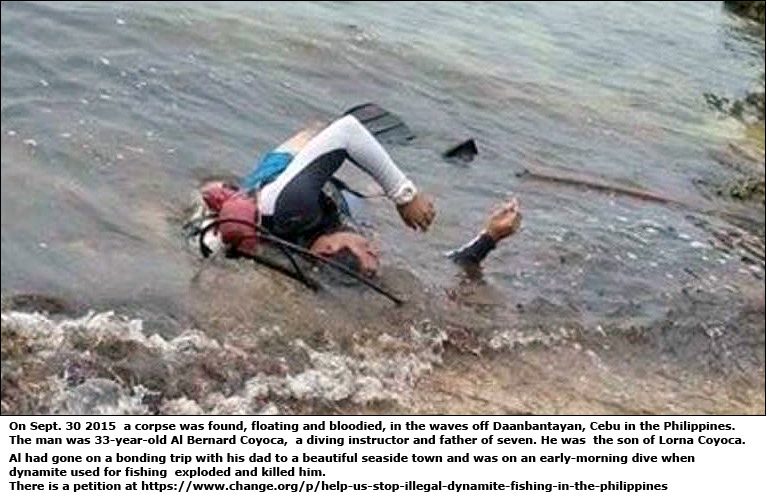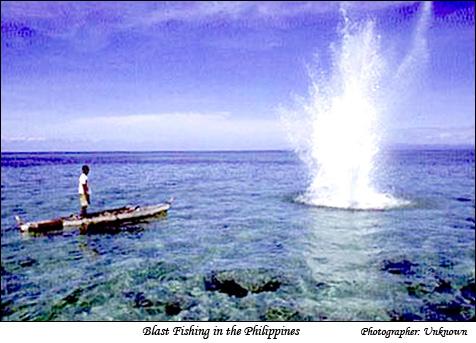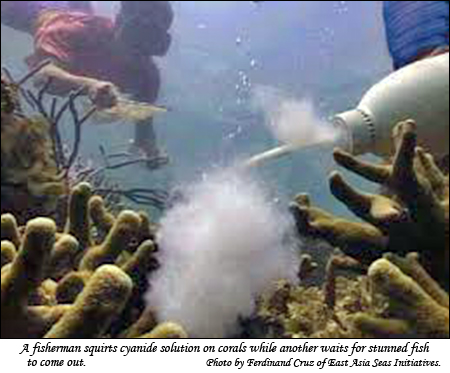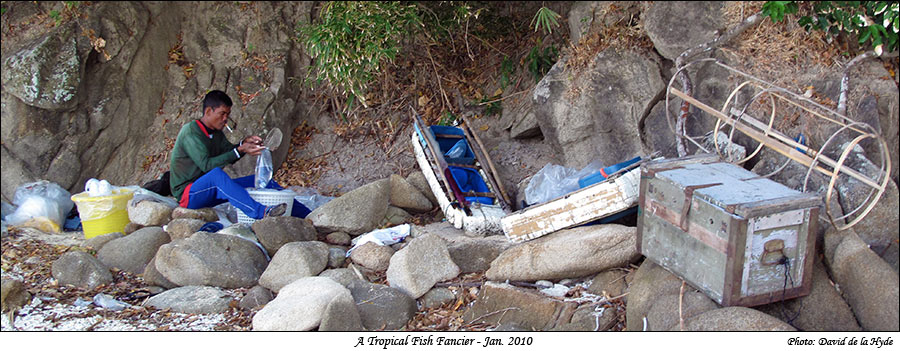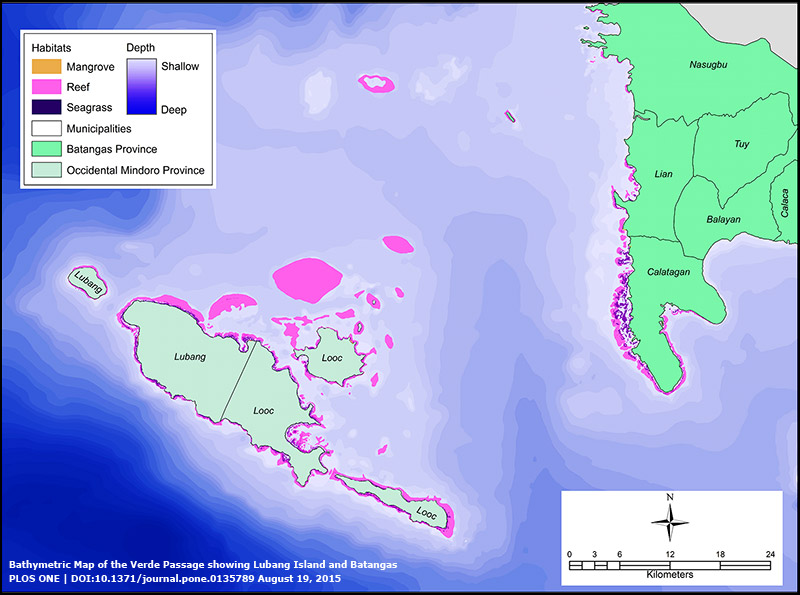Cyanide fishing is a method used to stun reef fish in order to collect them, which causes damage to the surrounding coral reefs. First practiced in the Philippines in 1962, the purpose of cyanide fishing is mainly to supply live fish for the aquarium trade.
Since the 1980s, it has been conducted on a much larger scale to provide live reef fish to restaurants in Hong Kong, Singapore, and mainland China.
Fishermen make concentrated cyanide by crushing sodium cyanide (NaCN) pellets into squirt bottles and filling them with seawater. The fishermen then dive down to coral reef areas and squirt the concentrated cyanide into crevices where reef fish hide.
The cyanide stuns the fish temporarily, making them easier to capture. The live reef fish are brought back to the ship and are put in seawater for transportation.
Cyanide fishing destroys thousands of hectares of essential coral reef habitats every year. Although cyanide leaves the structure of the coral intact, it kills the coral polyps.
The cyanide stresses the zooxanthellae, the symbiotic algae that live in coral polyps. The result is “bleaching,” the discoloration that results from the loss of the algae from the polyps, which can be fatal to the coral.
Reference: http://www.eoearth.org/view/article/151482/
